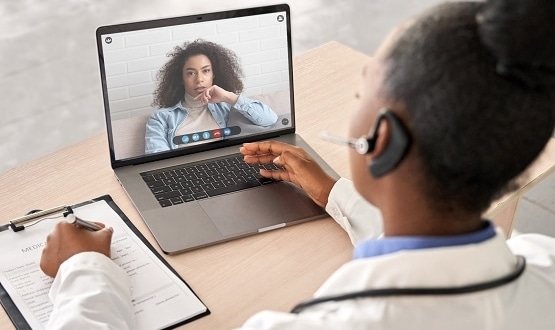Web catalogue powers up procurement project
- 7 October 2004
A collaborative NHS procurement project in the north-east of England has combined its bargaining power with the new ability to buy non-clinical items through a web-based catalogue. The North East Patches Shared Systems Project, which includes NHS organisations within Northumberland, Tyne & Wear, and North-East Yorkshire, allows requisitioning to take place over a simple web connection, rather than the traditional paper forms. Bob Telford, programme director of the project, said: "It’s quite unique in the NHS. It’s the biggest collaborative finance and procurement solution in the NHS and probably the biggest anywhere. “Until recently it’s always been clear that the best way to deal with suppliers in electronic catalogues is to have a single catalogue. The difference is that this is the first time we have brought any critical mass." Telford said that originally, there had been a ‘catch 22’ situation where suppliers didn’t want to join the system as they felt there weren’t enough buyers, and buyers didn’t want to join as there weren’t sufficient suppliers. However, he explained, by creating a large block of buyers he hopes to get the ball rolling and encourage others to join. “There’s only one way to breaking the mould in and that’s by bringing in sufficient NHS organisations to make it attractive to existing suppliers." The original project has been running for over a year, using Oracle 11i business software, and has an annual spend of £0.5bn. The web catalogue, which has just been created, was introduced in partnership with UKprocure, and has 32 organisations participating. The shared systems project also features Tees & Durham, which run their own electronic procurement system, EROS. Telford is hoping that Tees & Durham will soon be compatible with the web-based catalogue. An information brochure sent out to suppliers says that moving from paper to web will be the future of NHS procurement: “Currently, NHS organisations use paper-intensive requisitioning and approval processes, with goods and services procured by central supplies teams." “Moving forwards, end users will only be able to select products through the procurement systems. Electronic catalogues will be the only way for suppliers to ensure their products are presented to the end user to enable purchasing." Telford hopes that others will take up the idea, and that it will develop further: “What we are proposing to do is make it an attractive proposition to other NHS organisations." “We are now in the process of building a supply base so they can buy into the UK procurement exchange. We are looking to build a generic NHS catalogue."




